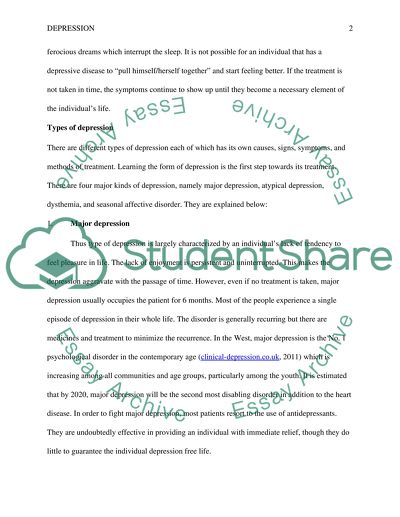Cite this document
(“Depression Research Paper Example | Topics and Well Written Essays - 2000 words”, n.d.)
Retrieved from https://studentshare.org/military/1427894-depression
Retrieved from https://studentshare.org/military/1427894-depression
(Depression Research Paper Example | Topics and Well Written Essays - 2000 Words)
https://studentshare.org/military/1427894-depression.
https://studentshare.org/military/1427894-depression.
“Depression Research Paper Example | Topics and Well Written Essays - 2000 Words”, n.d. https://studentshare.org/military/1427894-depression.


